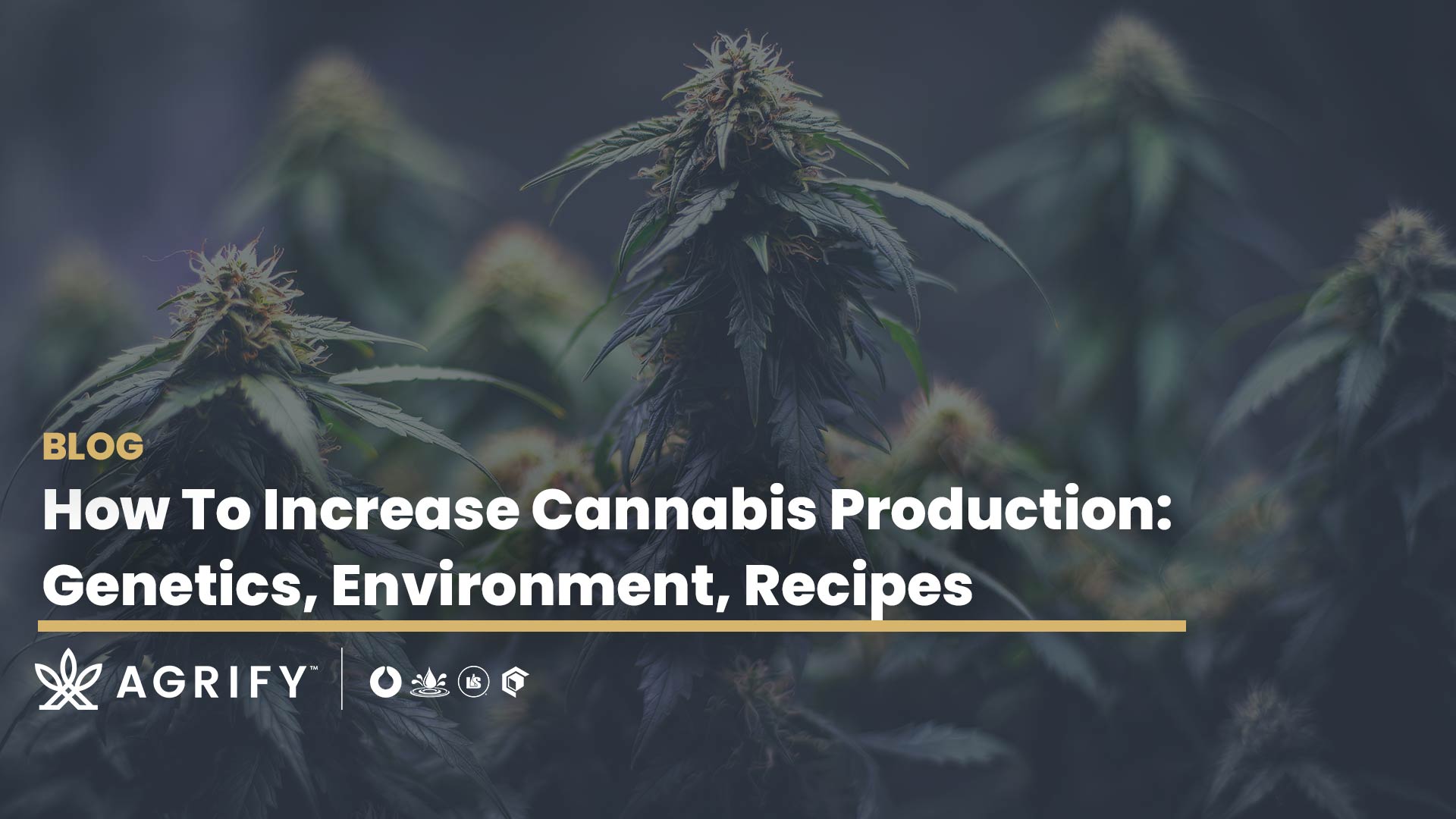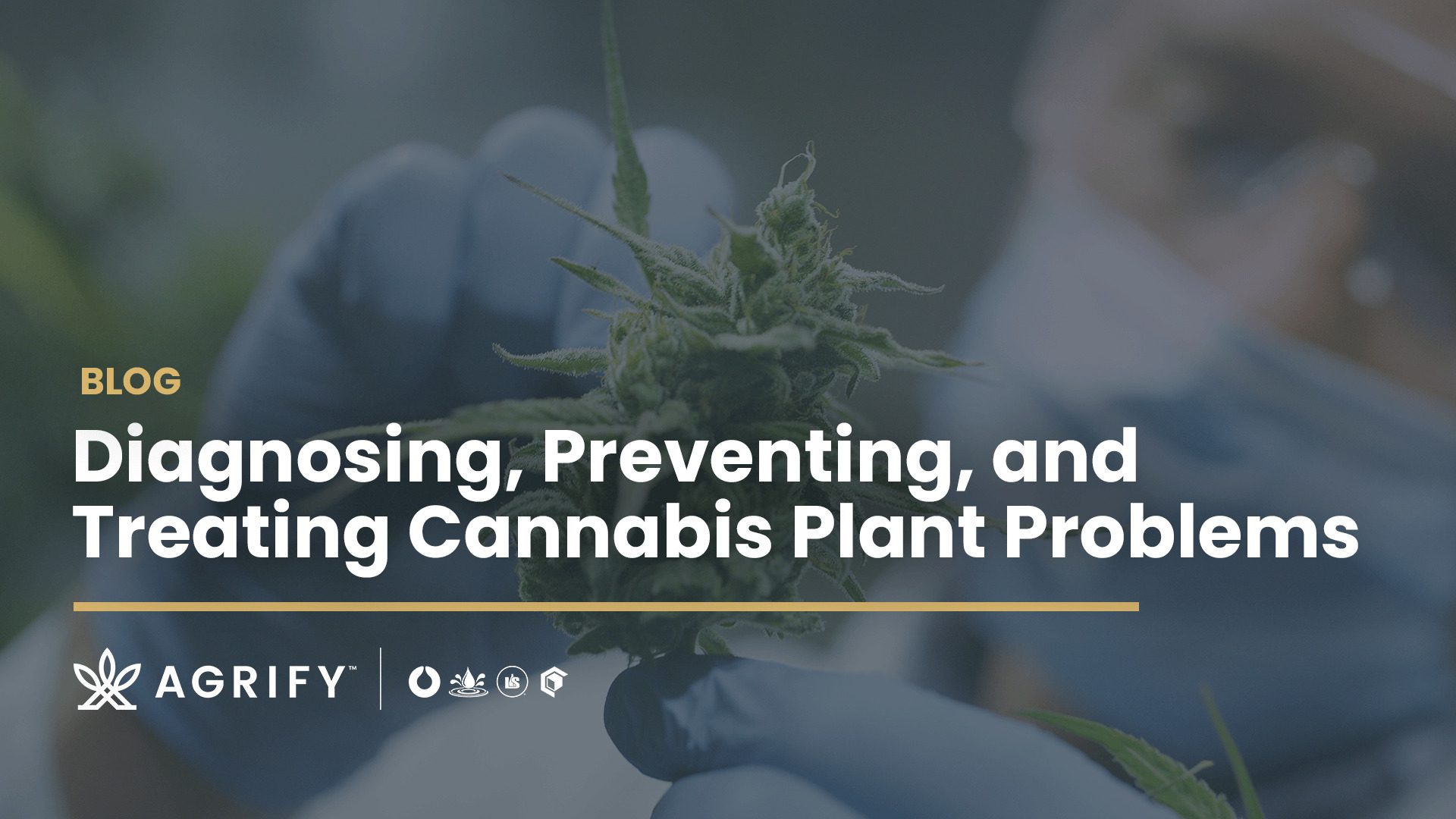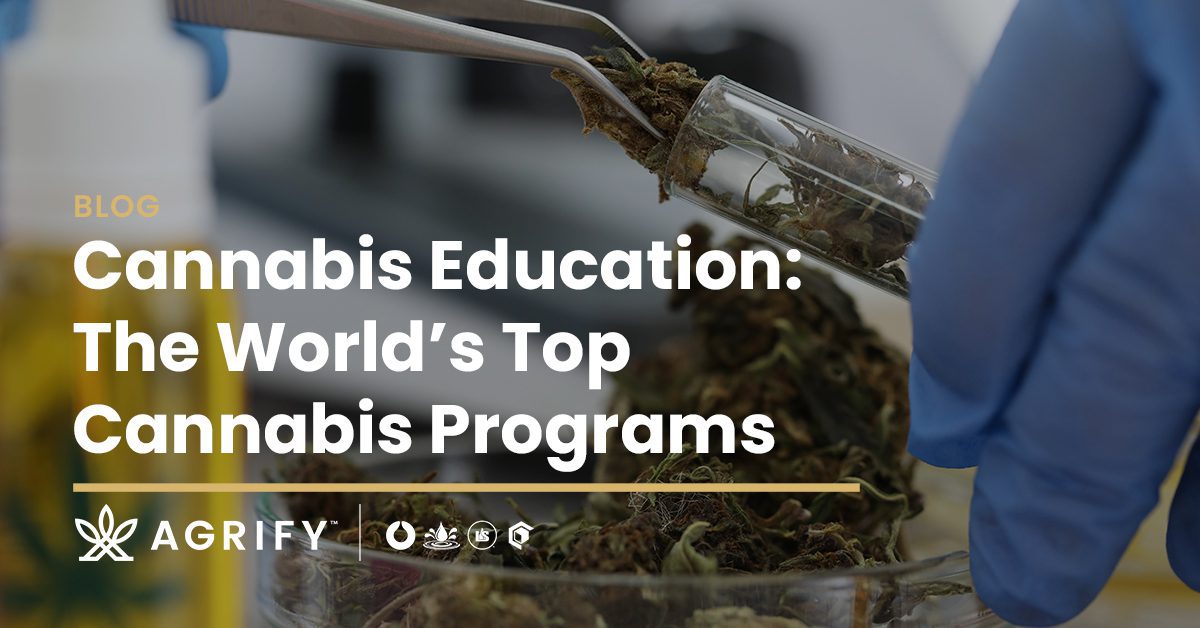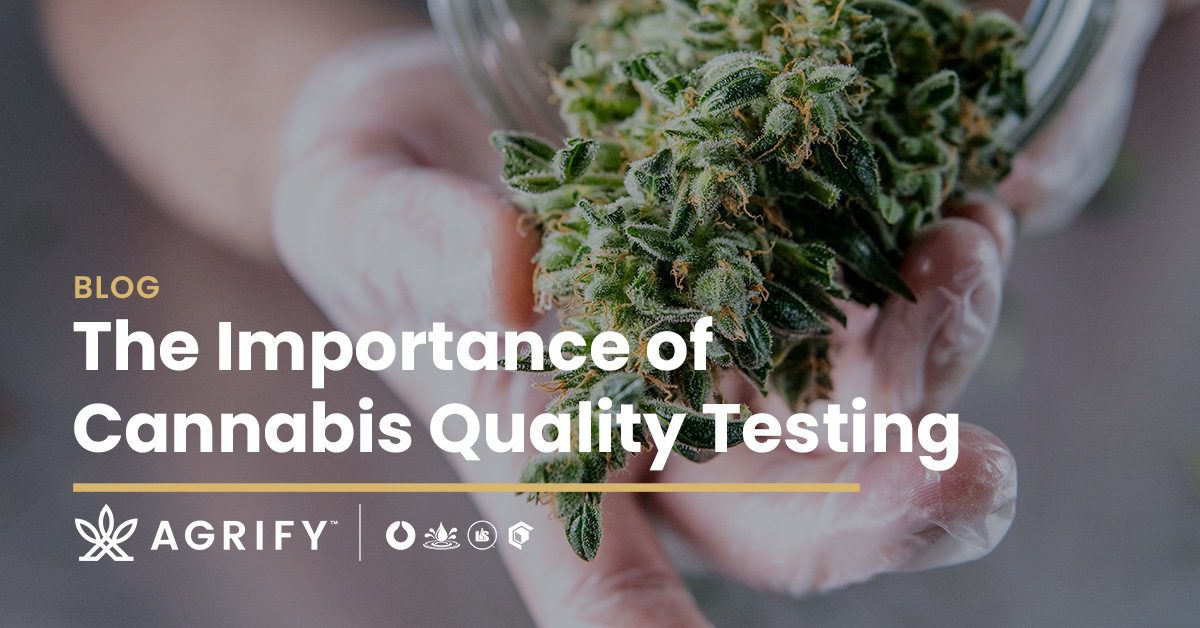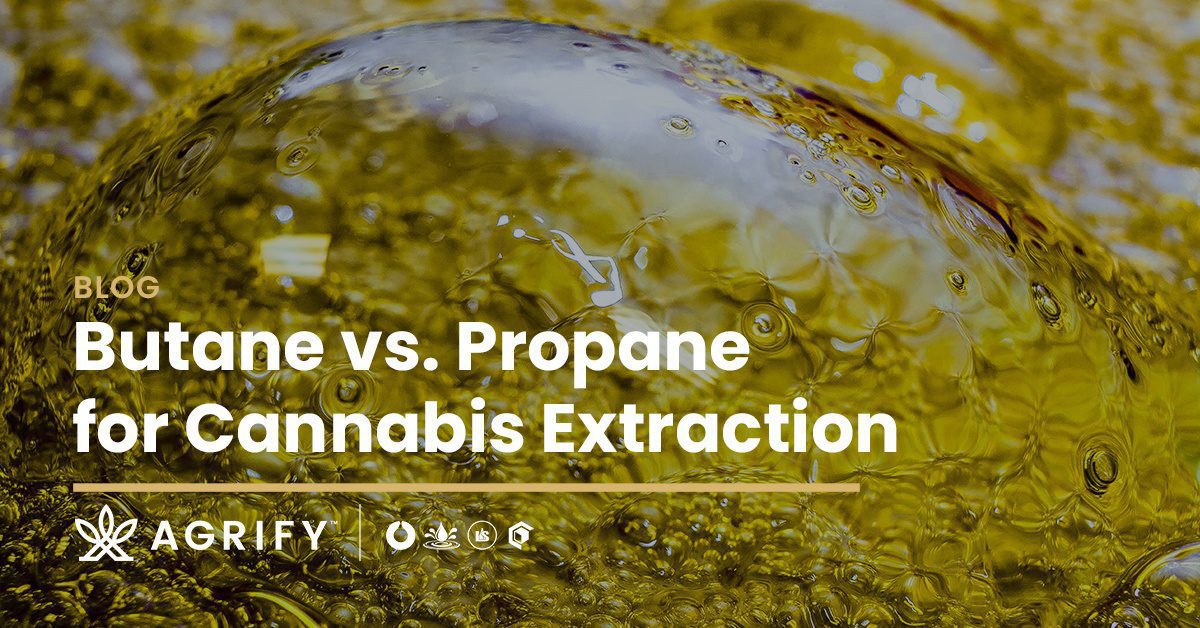
What is Decarboxylation?
Anyone who has made pot brownies knows the magic of decarboxylation firsthand, but this incredible process goes far beyond just making edibles at home. Decarboxylation, which is typically shortened to “decarb,” is the scientific name for a chemical reaction that enables us to get high when ingesting, smoking, or vaporizing cannabis, specifically by removing the “carboxyl” group from acid-form cannabinoids. If you or someone you know has tried eating raw weed and got nothing to show for it but sticky teeth and a bad aftertaste, that’s because the cannabis wasn’t decarbed and all the THC in the plant was still in the form of non-psychoactive THCA. In this blog we’ll break down how decarboxylation works as well as tips for decarbing cannabis like a pro.
The Science of Decarboxylation
Marijuana and hemp naturally produce compounds that alter our states of consciousness, which are known as acidic cannabinoids. In THCA, CBDA, CBGA, and others, the A stands for “acid”, denoting the acidic “carboxyl” group attached to the molecule that must be removed in order for our body to make greater use of it. The cannabinoid receptors that these compounds interact with (either directly or indirectly) are primarily concentrated in our brains, but also exist elsewhere throughout the body. Decarboxylation can occur in cannabis simply over time, but takes place rapidly when heated. During this reaction the carboxyl group separates from the molecule, and turns THCA into THC.

THCA + Heat/Time -> THC + CO2
Whenever you smoke or vaporize cannabis, this process happens in an instant through high temperatures (a butane lighter’s flame can exceed 2,000°F), but with edibles it takes longer (Libal, 2018). In addition to the application of heat, mild decarboxylation can occur in other ways, too, such as through long term exposure to oxygen and light, which is why it’s suggested to store cannabis products in airtight containers when possible.
While there haven’t been many peer reviewed studies on the specific rates of decarboxylation in cannabis or hemp, one study conducted in 2016, amongst the most cited, indicates that different cannabinoids decarb at different rates. Heat and time are the most important factors affecting decarboxylation rates and depend on the ratio of cannabinoids contained within the flower in question, so knowing how to manipulate these variables is important. According to this study, CBDA decarbs more slowly than THCA, but modest increases in temperature can rapidly reduce the time necessary to decarboxylate either compound in cannabis. THCA decarbs in 30 minutes at 230°F, but only needs 9 minutes at 265°F, while CBDA converts to CBD in 45 minutes at 230°F, or in 20 minutes at 265°F (Liebert, 2016). If you’re decarbing hemp or CBD flower, make sure to take that extra time!
How to Decarboxylate Cannabis
Even though the chemistry gets complicated quickly, the actual steps to decarbing cannabis are relatively simple. In fact, you can decarboxylate more than just cannabis flower- you can also decarb concentrates, trimmings, hemp, and more. To do this properly, you’ll need to introduce a carrier compound before making edibles, since THC is highly lipid soluble. Some kind of oil or fat is the most common route to infuse a carrier compound with decarboxylated cannabis.
The Decarboxylation Process
The most common starting material people use to make edibles is dried flower. It’s advisable to pre-grind your cannabis before you begin the decarb process in order to increase the surface area for absorption into the carrier compound. The most commonly used carrier compounds for homemade edibles are coconut oil, butter, and olive oil, but almost any fat will do.
- Weigh your cannabis.
- Pre-grind your cannabis (if possible) for maximum surface area and sprinkle the kief in too if your grinder has a kief catcher.

- Put some parchment or aluminum foil on a baking sheet and set your oven to 220°F.
- Put your cannabis on the sheet and bake for at least 30 minutes, but no longer than 40, making sure to turn it over once or twice during that time.

- Take your cannabis out once done and let it cool to room temperature. You’ve now decarboxylated your cannabis!
- Sprinkle your decarbed cannabis into your carrier compound of choice. For butter or non-liquid fats, first warm them gently so they become liquid.
- Mix the decarbed cannabis into the carrier compound well and let the mixture sit for at least an hour or, ideally, overnight. Again, if you are using butter, make sure to refrigerate it, in which case you will need to remelt it for step 8.

- Once your decarbed cannabis has steeped in the oil or fat of choice for at least an hour (ideally longer), strain it out and store your now magically infused lipids! The infused lipid mixture can be baked or used to make your edibles of choice.
Dosing
One of the biggest challenges when making infused products at home is getting a handle on your end dosage so that you don’t accidentally consume too much. While imperfect, some simple math can help you try to figure out exactly how many milligrams of THC or CBD could be in each of your edibles. As long as the material was tested beforehand, which is required in all dispensary-bought cannabis, you can use the following formula, simplified for ease of use.
If you start with 3.5 grams of dried cannabis that’s testing at 20% THC, you have around 700 milligrams of THC to work with in your batch of edibles (3.5 grams x .2 = 700mg of total THC). From there, let’s say you decarb it into 120 grams of butter, which is about what a standard stick weighs, and what many common cookie recipes call for. If you mix your ingredients correctly and your batch of cookies yields 24, the math is easy: 700mg / 24 cookies = 29mg per cookie, which is a pretty strong cookie! In this example, you might want to dilute the infused butter into a larger batch by melting it together with uninfused butter. Adding two more sticks of uninfused butter to the one infused stick to make three batches of 24 cookies would then make each cookie about 10mg each, which is the standard dosage for edibles in most recreationally legal states.

3.5g dried cannabis (3,500mg) x 0.2 (20% THC) = ~700mg THC
700mg THC / # of cookies = # mg THC / 1 cookie
In order to properly dose your edibles, it’s best to work this equation backwards starting from your desired dosage and how many individual edibles you intend to make. This process works great for homemade edibles, and can even be scaled all the way to commercial applications. Most businesses use finely tuned scales and concentrates to make their edibles in order to meet rigorous testing standards, but the basic order of operations is very similar, just in larger volumes. If you’re looking to get into decarbing cannabis commercially, our team of experts at Agrify can help you get the right equipment, training, and software for the job. Even if you’re just curious, drop us a line and we’ll help you find the best solutions for your project.
References
Libal, A. (2018, April 27). What Temperatures Do Lighters Burn At? Sciencing. Retrieved September 8, 2022, from https://sciencing.com/temperatures-do-lighters-burn-8475271.html
Liebert, M. A. (2016, December 1). Decarboxylation Study of Acidic Cannabinoids: A Novel Approach Using Ultra-High-Performance Supercritical Fluid Chromatography/Photodiode Array-Mass Spectrometry. NCBI. Retrieved September 8, 2022, from https://www.ncbi.nlm.nih.gov/pmc/articles/PMC5549281/
